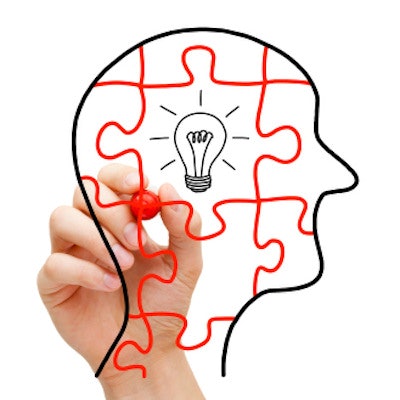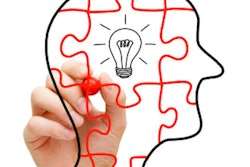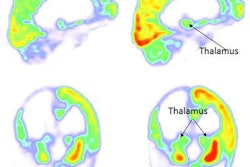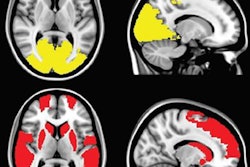
A machine-learning algorithm can predict from resting-state functional MRI (fMRI) data if a patient in a coma after cardiac arrest will regain consciousness, according to a study published online on 21 May in the American Journal of Neuroradiology.
The findings offer clinicians a new way to assess future outcomes in these patients, according to a group of researchers led by Dr. Deborah Pugin of Geneva University Hospitals in Switzerland.
"The main factor determining death in patients with out-of-hospital cardiac arrest admitted to the intensive care unit ... is postanoxic brain injury, which leads to withdrawal of care," the group wrote. "Prognostication of patients in a coma ... relies on multimodal testing using clinical examination, electrophysiologic testing, structural and diffusion neuroimaging, and biomarkers. While this multimodal prognostication is accurate for predicting poor outcome (i.e., death), it is not sensitive enough to identify patients with good outcome (i.e., consciousness recovery)."
Pugin, Dr. Jeremy Hofmeister, and colleagues conducted a study to explore whether resting-state fMRI could provide insight on possible positive outcomes for these patients. The team trained a machine-learning algorithm to identify patients with good and poor outcomes based on fMRI data that measured whole-brain connectivity. The study included 17 patients (of these, nine regained consciousness and eight remained comatose). The group also compared the fMRI-based prediction with one based on diffusion-weighted (DWI) MRI, one of the traditional methods for assessing comatose patients.
The researchers found higher functional brain connectivity in patients who regained consciousness, with the biggest changes in the occipitoparietal and temporofrontal areas of the brain. In fact, the machine-learning algorithm using the fMRI data showed a 94.4% accuracy rate for predicting positive outcome, with an area under the receiver operating curve (AUC) of 0.94. These results were significantly better when compared with DWI MRI, which had an accuracy of 60% and an AUC of 0.63.
"[Our] results suggest that patients who eventually recover consciousness ... initially exhibit higher activity within the occipital areas and between these areas and widely distributed cortical regions," the group noted. "Conversely, patients who ultimately die initially show higher activity focally, among the occipital, temporosuperior, and temporopolar regions, as well as within these areas."
Machine learning based on fMRI shows promise as a tool to assess the prognoses of comatose patients, according to the group.
"Using machine-learning classification methods, we found that resting-state fMRI yields a valuable contribution in the prognostication of postanoxic patients in a coma left with an indeterminate prognosis after standard multimodal testing, notably offering high accuracy for identifying patients with both good ... and poor ... outcomes," the group wrote. "Our results might thus bridge the gap left in early prognostication of postanoxic patients in a coma by achieving significantly better outcome prediction than current DWI methods."



















